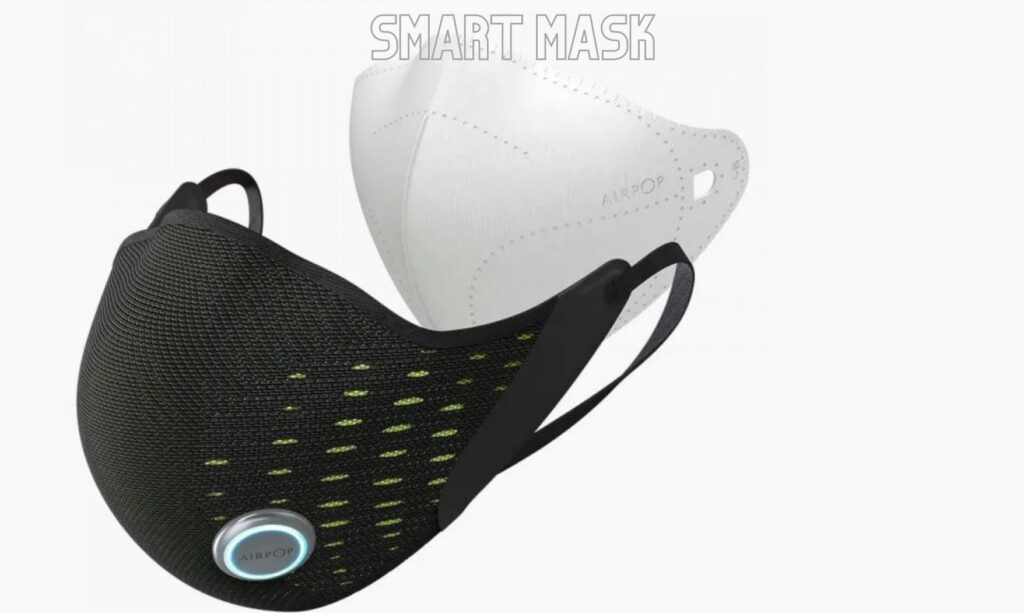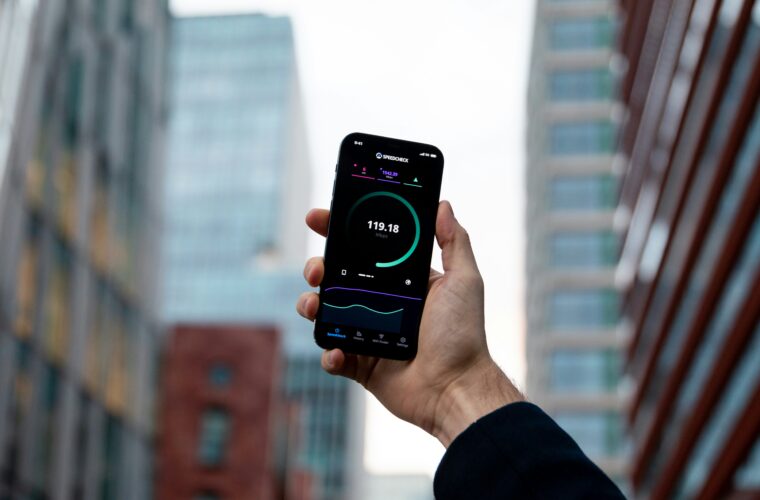The sudden onset of the coronavirus pandemic, with its rapid spread and high mortality, forced us to know very well the protective masks. Of course, since the beginning of 2000, when the SARS virus appeared in China, but also due to the widespread problems of air pollution and smog in Asian cities, the people of the Far East were familiar with the use of masks.
The same cannot be said for other countries, including the West, where people realized how necessary masks are, literally almost after a holiday. However, the history of the mask is not as modern as we might think. It begins in Western Europe during the Middle Ages and concerns the great epidemics that swept its then population.
Historians have reported that over the centuries there have been many cultures with the habit of covering their faces to protect themselves from infections. The first record of the use of an object that refers to a mask refers to images of the 6th century BC, which were found at the entrances of Persian tombs. In China, there are also images from the Yan Dynasty (1279-1368) with silk scarves and gold thread, which covered the faces of the Emperor’s servants so that their breath would not affect the taste of the food’.
The market for respirators in Europe and around the world has grown exponentially due to the COVID-19 pandemic. Indeed, there is an increase in sales of masks by over 87% to more than 71 billion. The market for respirators in France and around the world has grown exponentially due to the dollars being reported. Today, breathing masks are part of our daily lives and not just for healthcare professionals, for example. And with this incredible development, we are also seeing the emergence of high-tech innovations around the use of the mask. In this article, we take a look at the latest inventions.
Masks capable of analysing medical data
In Singapore, a team of researchers from a local university has created a new respirator that allows caregivers and nurses to protect themselves when treating patients infected with the virus. This mask is equipped with sensors that can measure heart rate, blood pressure and oxygen level. All this medical data is then sent to a smartphone via Bluetooth.

The “smart” Airpop mask
Airpop has created an attached mask available for sale. This mask has a sensor to analyse the user’s breath and collect data in real-time. Then it’s easier to know when to change the mask filter, for example. In the application, therefore, it is possible to access a lot of data concerning the inhaled and exhaled air of the user depending on his physical condition and location. This smart mask is available for € 149 but is it really useful on a daily basis? it is up to you to see if the price is worth it.
The Japanese C-Face mask
This brand-new smart mask from the Japanese company Donut Robotics has been talked about him since last year. Indeed, not only does it protect against dust and viruses, but it is also connected and smart. By connecting to your phone, you can answer your calls and answer your messages using the voice assistant. The C face mask also allows you to translate between Japanese and other languages such as English, French or Korean. Also equipped with a built-in microphone and voice amplifier to be understood despite social distance and to wear a mask.
The LG mask that cleans the air
Korean giant LG Electronics has created a mask capable of clearing the air. Ideal for large polluted cities, this plastic mask works by filtering the air on each side of the face using two filters. These masks are already on the market and are distributed to healthcare workers.
In conclusion, we cannot predict how long the masks will be necessary or whether they will remain forever in people’s lives as a protective tool against viruses and infections. The positive side is that as we understand from the above it can be developed using many different technologies such as Artificial Intelligence, Augmented Reality, Data Analysis, etc. The downside is that “faces are lost” and we do not know what the outcome will be in a society of non-recognition of persons, that is, an impersonal society.



